The type of feedback you give (knowledge of performance or knowledge of results) will make a difference in your child’s ability to modify his tactics.
In the second part of this post, you will learn how the different types of feedback can influence Johnny’s ability to improve his skills.
- Knowledge of performance: this is the feedback given about the technical aspect of Johnny’s movement. He didn’t have the correct start or end position of the movement. He kicked too hard; he missed the center of the ball; he didn’t move his arms and legs correctly.
- Knowledge of results: this is the feedback given as to whether the trial was successful or not. He made or missed the goal. He scored or did not.
- Intrinsic or Extrinsic feedback: this refers to Johnny’s ability to judge if his body did the right or wrong movement or if you had to point out that information to Johnny.
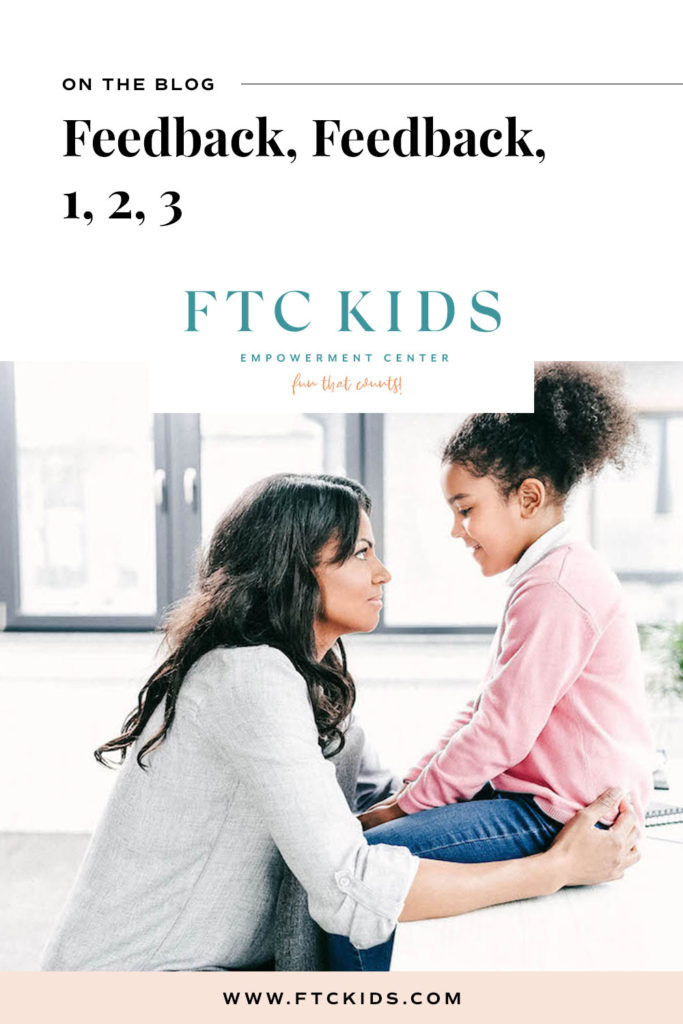
There is no hard and fast rule about which feedback your child needs to improve at a skill.
However, if you’ve been telling Johnny for the past five sessions that he is doing the wrong thing, but he hasn’t been able to improve, then it’s time to change how you are approaching Johnny.
First, Johnny must be able to recognize that his body is moving, how it is moving, which parts are moving, and how fluidly his body is moving.
Johnny needs body awareness or a sense of what his body is doing in space.
If Johnny cannot recognize these factors, then we must take a step back and work on Johnny’s ability to perceive his body’s actions. You can play games like Simon Says (take turns being Simon), Twister, or copying games (I move my arm, and you move your arm, but without the verbal cues).
Improving the ability for Johnny to understand and feel what his body is doing is very important. Without this sense, gross motor skills are difficult. Once Johnny has a sense of how his body is moving, it’s time to move on to which feedback is helpful.
Using the positive and negative knowledge of performance is going to be helpful for Johnny, since he might not know which part of his body has moved or how to position himself.
This is also where you can help Johnny recognize if he is in the correct position to start the movement all the way through its completion.
You can break down this feedback into the different elements of the movement. If Johnny correctly moved his foot into the correct starting position, then praise that part of the movement but give feedback about where his foot should have ended. If the total movement you are practicing is too much, pick one specific part to work on.
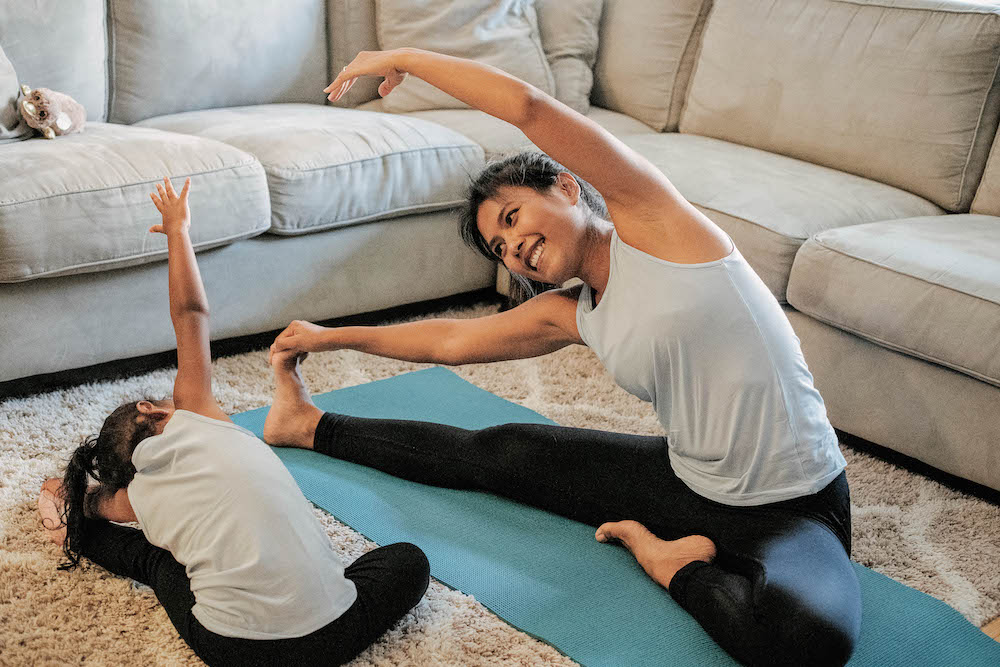
You are looking at the technical movements that Johnny has made to perform the gross motor movement but realize that he may not be able to do the full skill yet.
This may also be the time to use modeling and verbal feedback as well. You will want to keep your verbal cues short and simple; “Put your foot here” or “Kick the ball here”.
You should avoid very lengthy verbal cues as a child can get easily lost. And if that is too much you can shorten your verbal cues even simpler “Do this” and move your body as you want them to move.
For children that don’t have the full sense of what their body is doing, using physical cues may be needed.
You may have to physically take Johnny through the movement until he can feel how it should be. Once he can feel the difference you can fade away your physical prompts and use only verbal cues or modeling as your feedback.
Knowledge of results will be helpful if the main goal is success without the priorities of form and efficiency.
Sometimes when a child is first learning a skill, success is the MOST important element for them. No one wants to continue trying something that they keep failing at.
Even adults will avoid tasks that they fail continuously, yet as adults we still expect our children to continue a task that has no reward or value for them. By providing success at the start, we aren’t raising snowflakes but giving them incentive to keep performing the task.
As Johnny improves and requires less specific feedback, it’s time to step back and look at the intrinsic and extrinsic feedback loops.
This is where you will be fading away some of the cuing you have been giving to Johnny and space it out. Instead of giving feedback on every trial, only give feedback every 2-3 trials and then fade even more as he can perform on his own.
The goal is to have Johnny recognize that he is or isn’t doing the right thing and how can he fix it.
By asking questions such as, “How did that feel?” or “Do you think it was the correct movement?” Johnny can start to learn through his own trial and error, using all the skills already discussed–his ability to motor plan, be aware of his body, and internalize the knowledge of results.
Taking a video of Johnny performing the skill or using mirrors can be helpful in giving him another perspective. When looking at the video, have Johnny say what he did correctly and what he thinks he could change to make it even better.
The goal of these techniques is to raise children who are learning how their bodies work and how they can control them to perform the gross motor activities they like.
It can be as simple as running around the yard or as complex as playing a sport. Put the emphasis on the effort and success, even if it’s small, so your child will feel motivated to continue to explore the world around him or her.
Small triumphs are just as rewarding as large ones.



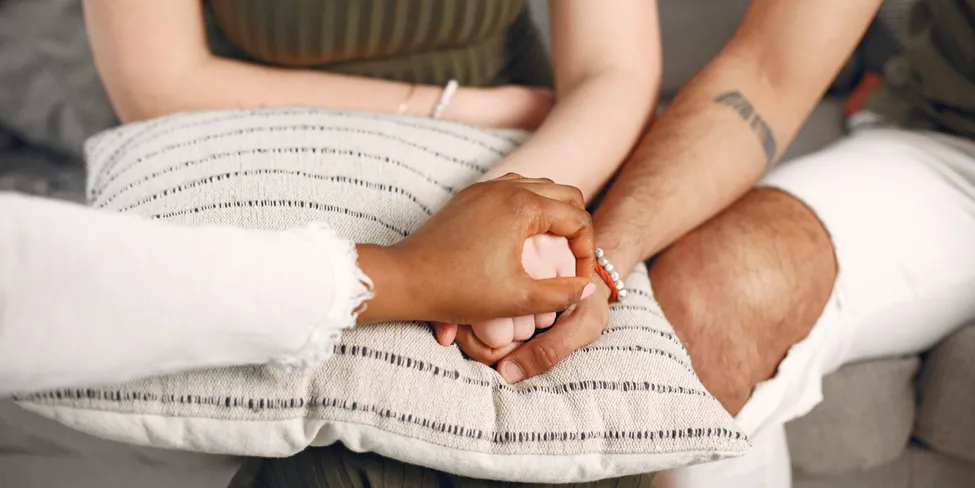

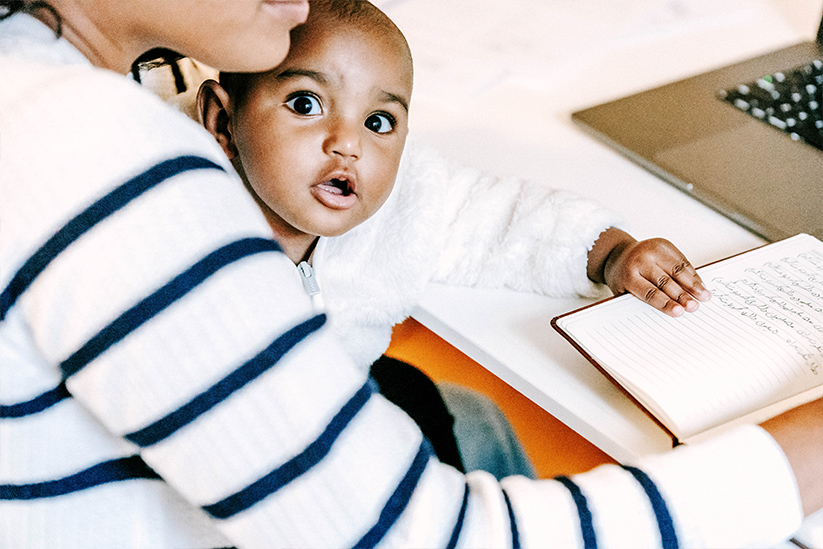
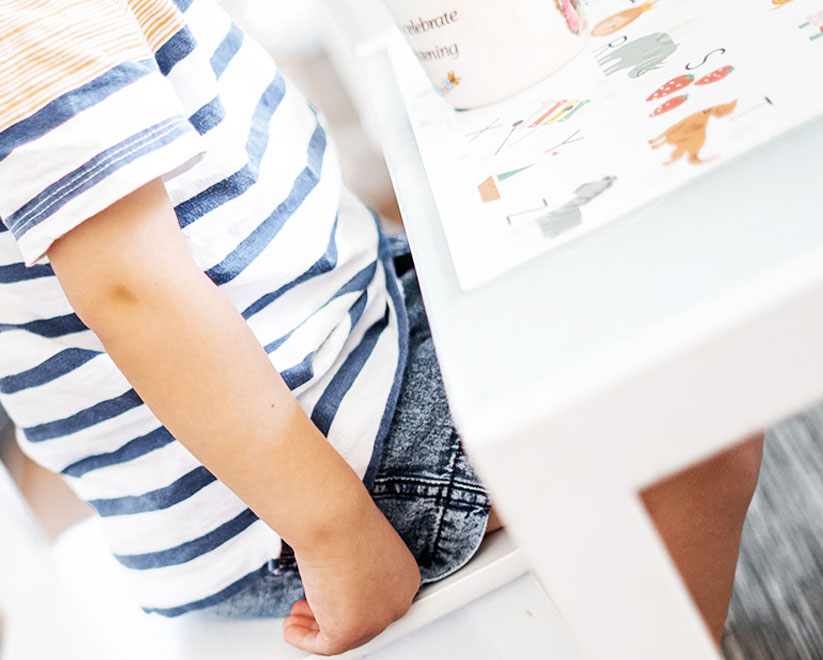


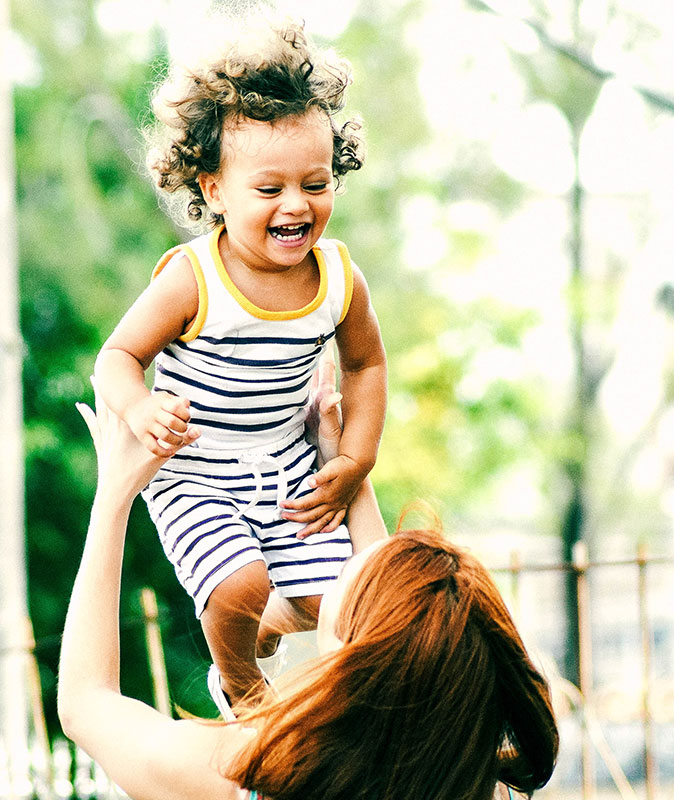
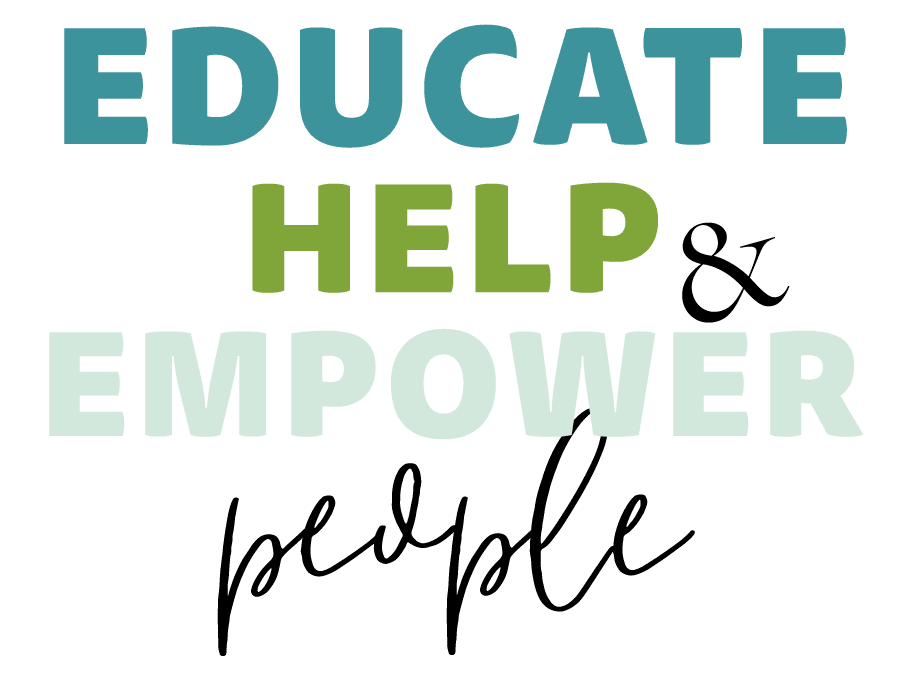
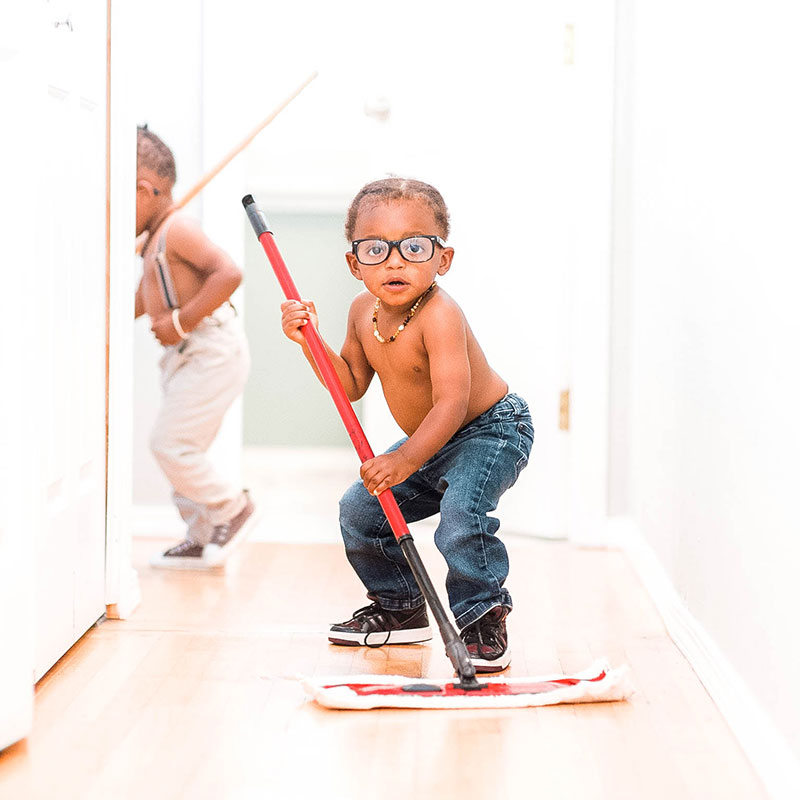
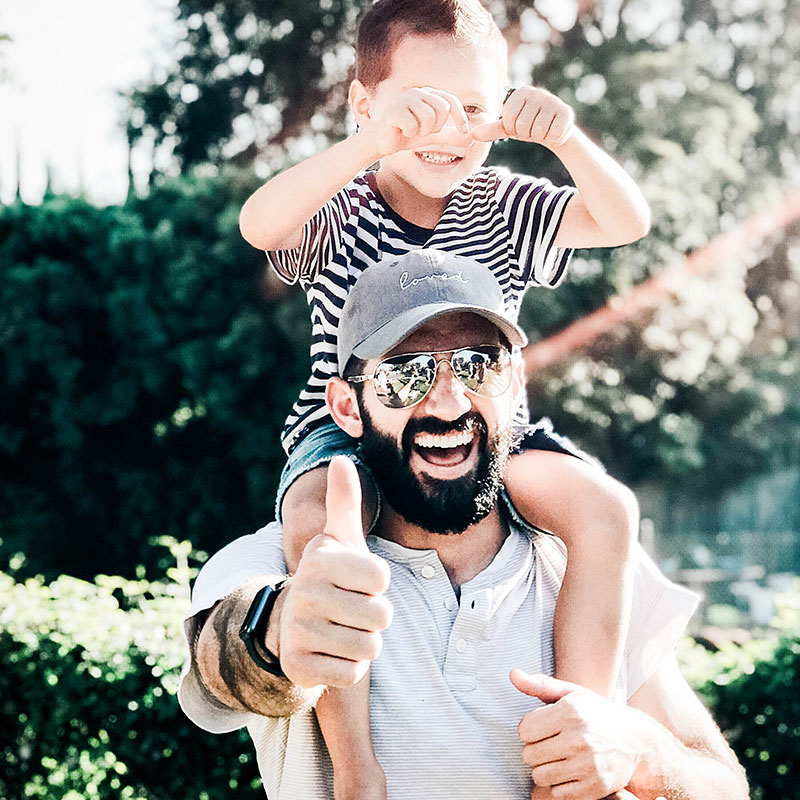


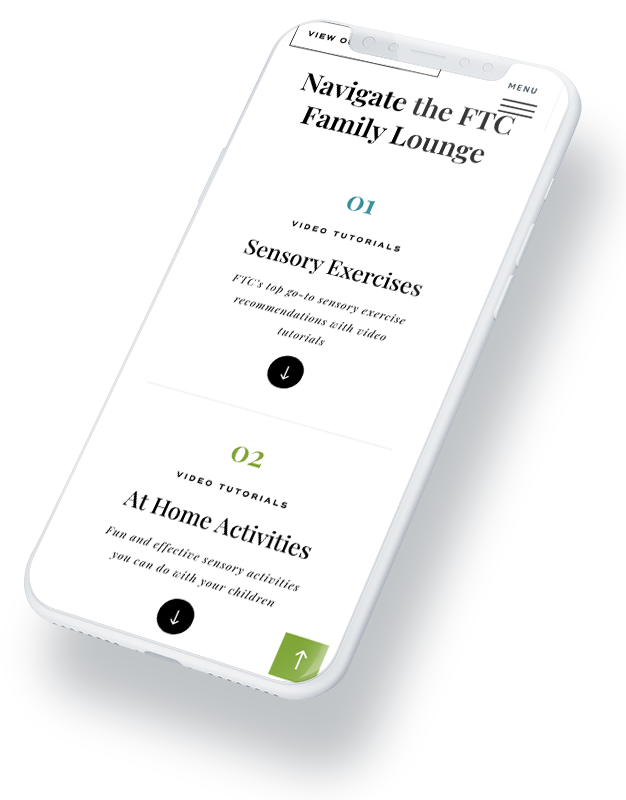

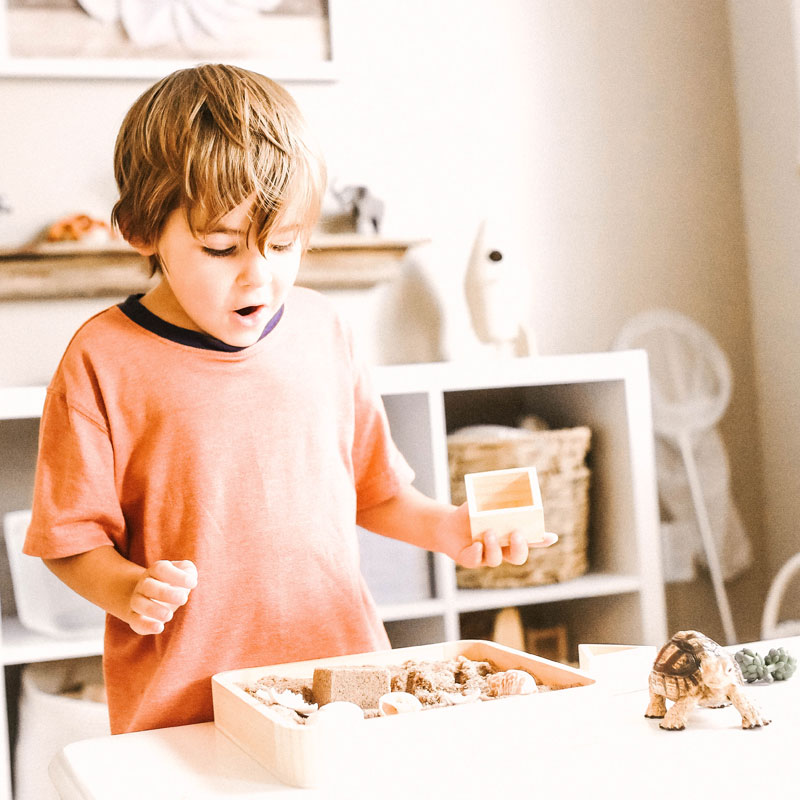

Comments
0 Comments